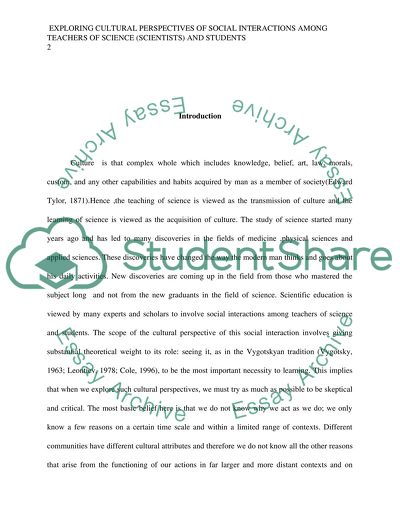Cite this document
(“For conference paper in science education Research”, n.d.)
For conference paper in science education Research. Retrieved from https://studentshare.org/education/1483835-for-conference-paper-in-science-education
For conference paper in science education Research. Retrieved from https://studentshare.org/education/1483835-for-conference-paper-in-science-education
(For Conference Paper in Science Education Research)
For Conference Paper in Science Education Research. https://studentshare.org/education/1483835-for-conference-paper-in-science-education.
For Conference Paper in Science Education Research. https://studentshare.org/education/1483835-for-conference-paper-in-science-education.
“For Conference Paper in Science Education Research”, n.d. https://studentshare.org/education/1483835-for-conference-paper-in-science-education.


